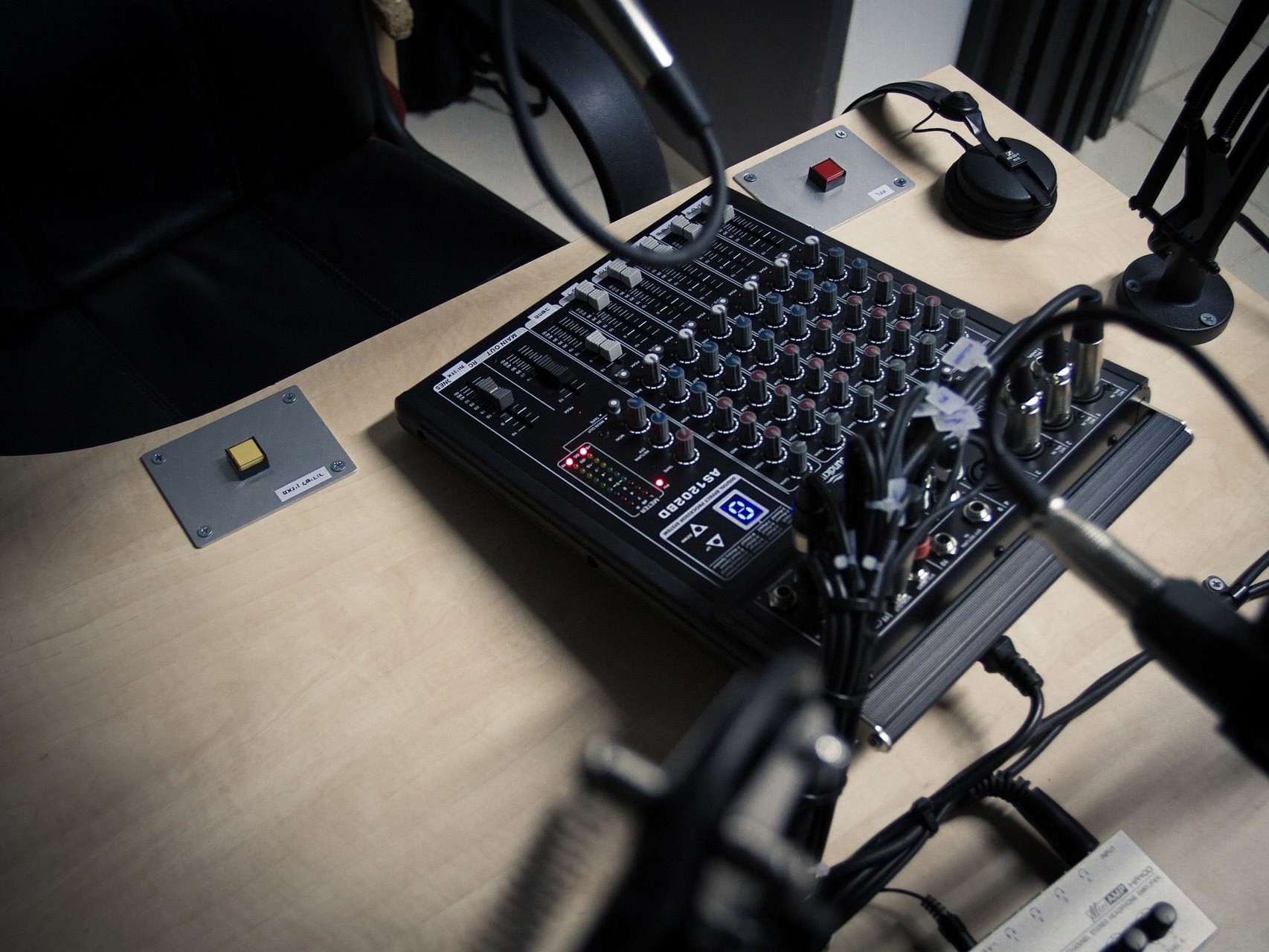
Radio Commercials
“CAN YOU HEAR ME?”
Radio has been one of the longest-running broadcast technologies since May 13th 1897, when Guglielmo Marconi sent the world’s first radio message across open water.
Over the past 12 decades the way we listen to “radio” has gone from staying by the wireless to carrying the world’s best sounds in the palm of your hand.
Understanding who the audience is and how they are absorbing your message is vital when it comes to creating a memorable radio commercial to get your message into the ears of listeners.
Lockwood Homes
A series of radio commercials were produced over several years to support national and local campaigns. These supported other online and broadcast TV messaging to allow for specific regional communications to remain on brand when heard through out New Zealand.

Kitchen Things
An intensive series of monthly radio commercials were produced to represent the focus or featured in-store brand. These followed the same template to align with other media such as print and TV, along with all in-store collateral and ticketing. National and regional ads were produced to launch the advertising cycle, remind listeners and bring attention to the end-of-sale time frames.

Smeg Appliance NZ
Smeg New Zealand has a range of styles to suit most kitchen designs. Their four key signature looks were showcased in a TVC series featuring each of the Classic, Retro, Victoria and Linea series. This radio commercial ran in conjunction with the national campaign

Broken Silence
Information sourced from Museum of the History of Science – University of Oxford.
Marconi began his research on radio waves while at home in Bologna, inspired by the possibilities he saw in the work of early pioneers such as Heinrich Hertz, Augusto Righi and Oliver Lodge. He brought his vision and his enthusiasm to England in 1896, in search of support and commercial application, and in the same year applied for a patent for a system of wireless telegraphy.

Titanic distress message received onshore
“Before Marconi, you had to use telegraph wires to contact people but with radio you could contact ships instantly,” said Dave Dyer, chairman of the Weston-super-Mare Radio Society.
“Take the Titanic for instance, which sent a distress call out, it saved so many lives at sea.”
During the ship’s sinking, wireless operator Jack Phillips sent out a ‘CQD’ message to ships nearby – a precursor to the ‘SOS’ signal now used.
Mr Philips, a Marconi Company employee, went down with the ship as he continued to broadcast and died in the disaster.
Britain’s Postmaster General, then Herbert Samuel, said: “Those who have been saved, have been saved through one man, Mr Marconi…and his marvellous invention.”

